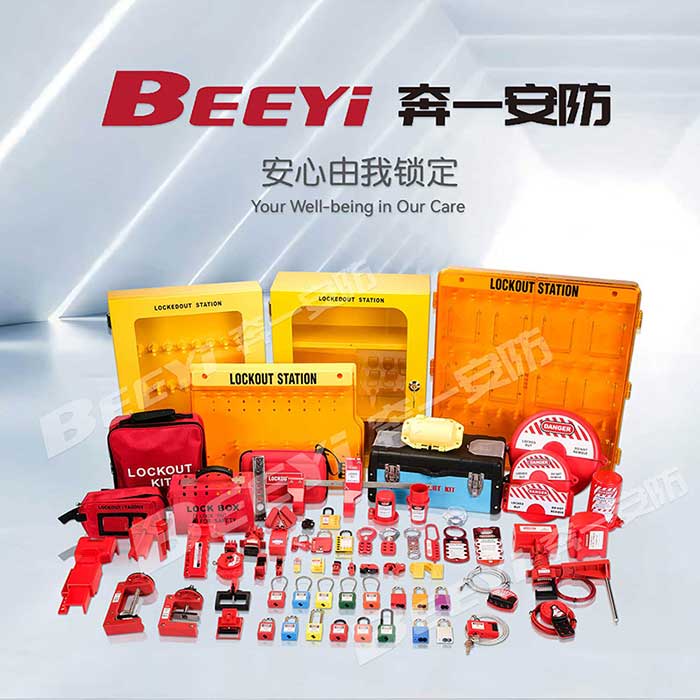electrical equipment lockouts factory: ensuring safety in electrical maintenance
Release time:2025-11-17 17:17:42
In industrial environments, ensuring the safety of workers during the maintenance and repair of electrical equipment is of utmost importance. Electrical hazards are one of the leading causes of workplace injuries, and the best way to prevent accidents is through the use of electrical equipment lockout devices. These devices are crucial in preventing accidental energization or startup of electrical equipment during maintenance, ensuring the safety of workers and the proper functioning of electrical systems. This article will explore the role of Electrical Equipment Lockouts factories, their products, and the safety standards that govern their manufacturing.

What is an Electrical Equipment Lockout?
An electrical equipment lockout is a safety mechanism designed to isolate and secure electrical equipment, ensuring that it cannot be accidentally turned on while maintenance or repair work is being performed. Lockout devices can be applied to various types of electrical equipment such as circuit breakers, switches, and electrical panels. These devices often include locks, tags, and other physical barriers to prevent unauthorized or accidental activation.
The lockout process is part of a broader safety practice known as Lockout/Tagout (LOTO), which is enforced in many industries as part of occupational safety and health standards. LOTO procedures require workers to place a lock or tag on the equipment to indicate that it is under maintenance, and it should not be operated until the work is completed.

